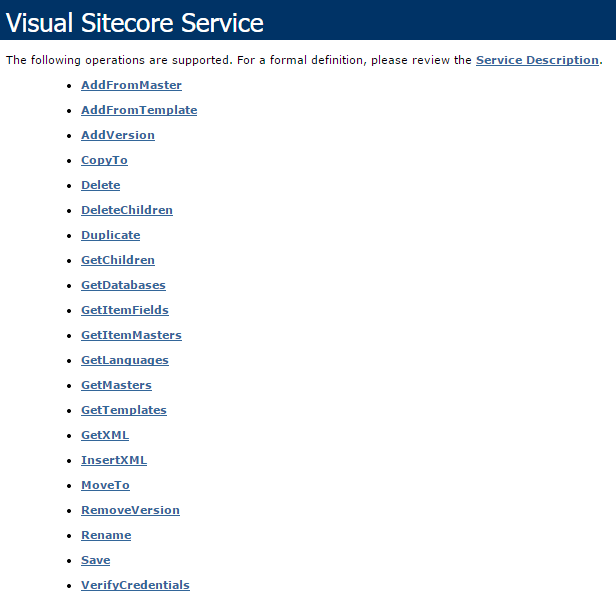Explore the features, usability, pricing, and target audience of popular data analytics tools like Google Analytics, Mixpanel, HotJar, and Heap. This comprehensive comparison will help you make an informed decision and select the right tool for your business needs.
Google Analytics
- Features: Google Analytics is a comprehensive web analytics tool that offers a wide range of features. It provides audience analysis, acquisition tracking, conversion tracking, advanced segmentation, custom reporting, and integration with other Google products such as Google Ads and Data Studio.
- Usability: Google Analytics has a user-friendly interface with a clean and intuitive design. It offers extensive documentation and resources for users to navigate and utilize its features effectively.
- Pricing: Google Analytics offers a free version with basic features, making it accessible to businesses of all sizes. It also offers premium plans with advanced features and support at a cost.
- Strengths: Google Analytics excels in providing extensive reporting capabilities, allowing users to gain deep insights into their website's performance. It offers advanced segmentation options, enabling businesses to analyze specific audiences and tailor their marketing strategies accordingly. Integration with other Google products makes it a powerful tool for tracking and optimizing digital marketing campaigns.
- Target Audience: Google Analytics caters to businesses of all sizes and industries, from small startups to large enterprises.
Mixpanel
- Features: Mixpanel is an event-based analytics tool that focuses on tracking specific events and user interactions. It offers cohort analysis, funnel visualization, user journey tracking, and A/B testing capabilities.
- Usability: Mixpanel provides an intuitive interface, although it may require some learning curve to fully utilize its features. It offers robust event tracking and segmentation options, allowing businesses to analyze user behavior at a granular level.
- Pricing: Mixpanel follows a freemium model, offering a free plan with limited features. Its pricing is based on the number of events and data volume, with different plans available to accommodate various business needs.
- Strengths: Mixpanel's strength lies in its ability to track individual user behavior and provide detailed insights into user engagement and retention. Its event-based analytics approach enables businesses to understand user interactions throughout the customer journey.
- Target Audience: Mixpanel is ideal for product teams and businesses that prioritize user engagement and optimizing user experiences.
HotJar
- Features: HotJar provides heatmaps, session recordings, and user feedback tools. Its heatmap feature visually represents user behavior on web pages, while session recordings offer a firsthand view of user interactions. It also includes user feedback features, such as surveys and polls, to gather qualitative data.
- Usability: HotJar offers a user-friendly interface, and its installation process is simple, allowing businesses to quickly start tracking user behavior. Its intuitive visualizations make it easy to understand and analyze user engagement.
- Pricing: HotJar's pricing is based on website traffic and features, with different plans available to accommodate varying levels of website usage. It also offers a free trial to test its features.
- Strengths: HotJar excels in providing visualizations of user behavior, allowing businesses to identify the most engaging sections of their web pages and optimize conversion rates. Its user feedback tools enable businesses to gather qualitative insights from their users.
- Target Audience: HotJar is valuable for businesses focused on website optimization, UX designers, and marketers looking to improve website usability and conversion rates.
Heap
- Features: Heap is an analytics tool that automatically captures user interactions across web and mobile platforms. It requires minimal implementation effort, as it tracks user behavior retroactively without manual event tagging. It offers features such as automatic user interaction tracking, funnel analysis, and cohort tracking.
- Usability: Heap stands out for its simplicity and ease of use. Its automatic tracking eliminates the need for manual event tagging, making it a user-friendly option. It provides straightforward implementation and setup processes.
- Pricing: Heap's pricing is based on the volume of events and data tracked. It offers a free trial to experience its features, and it provides tiered pricing plans to accommodate different business requirements.
- Strengths: Heap's strength lies in its simplicity and retroactive tracking. It captures user interactions without the need for extensive implementation efforts, allowing businesses to focus on analyzing data and deriving insights. Its funnel analysis and cohort tracking features enable businesses to analyze user behavior throughout the conversion funnel.
- Target Audience: Heap is suitable for businesses that require simplicity in their analytics tools and lack extensive technical resources for complex implementation.
Please note that the provided details are a summary of the key aspects of each tool. For more specific information on features, pricing, and usability, it is recommended to visit the official websites of the respective tools.
